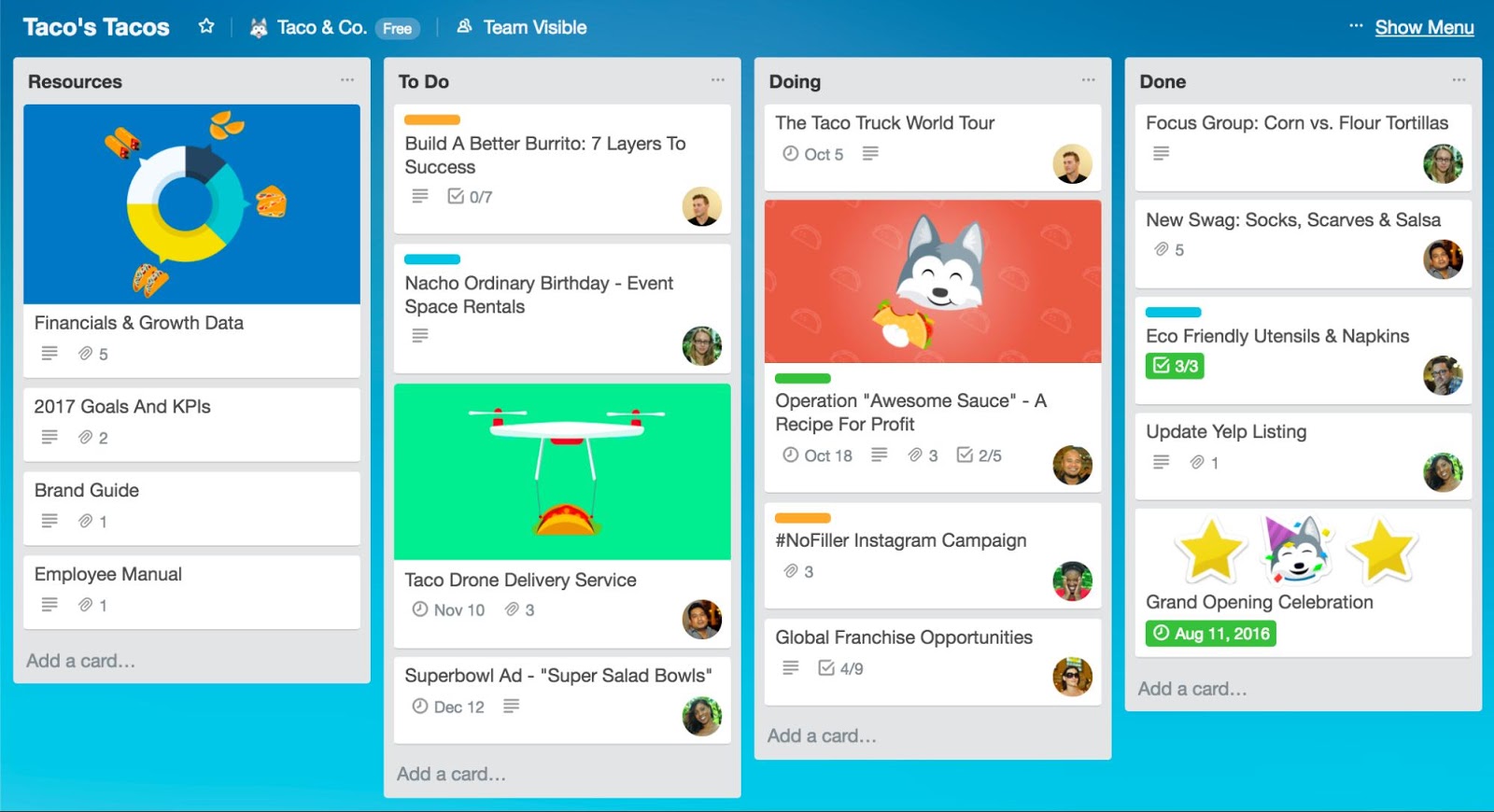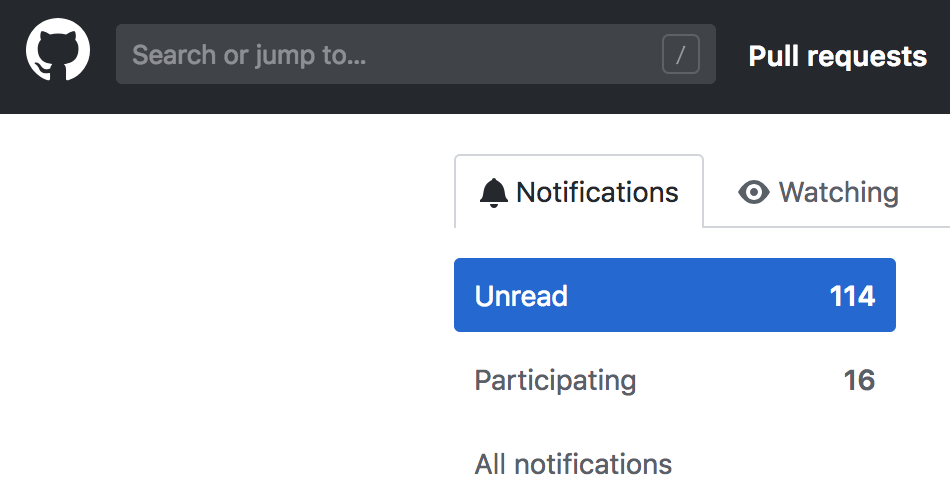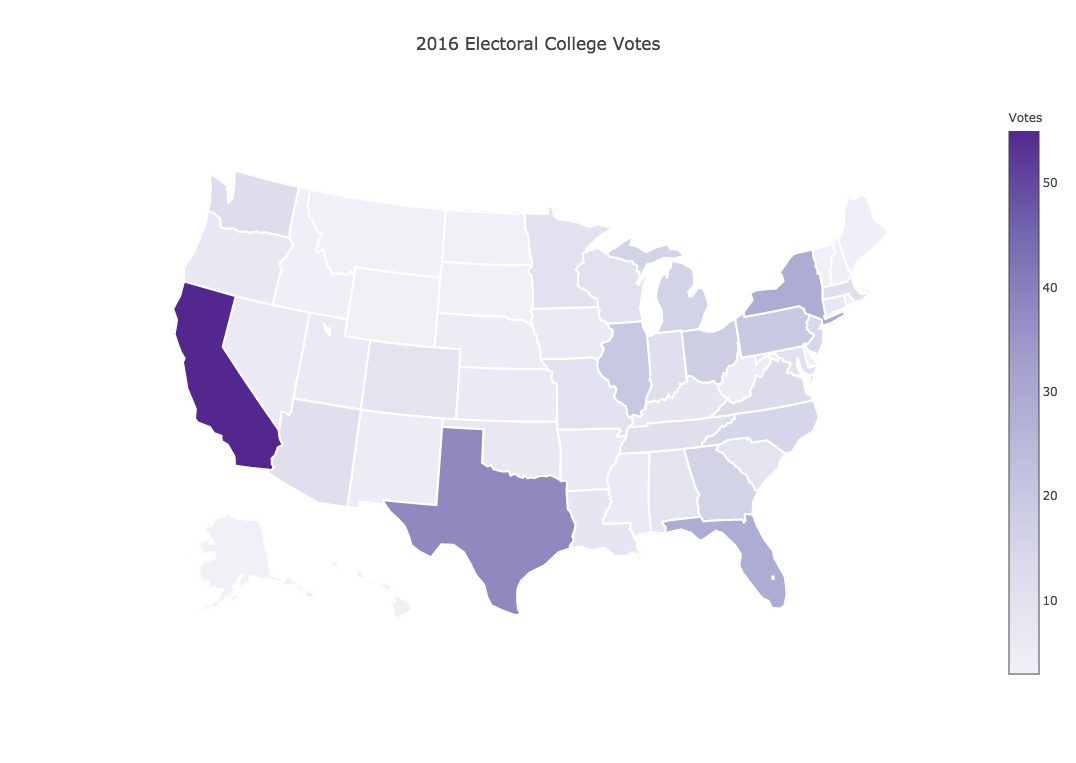-
 Getting Things Done in Trello with Python, Flask and Twilio SMSLesley Cordero
Getting Things Done in Trello with Python, Flask and Twilio SMSLesley Cordero -
 Keeping Track of GitHub Pull Requests with Python and Twilio SMSLesley Cordero
Keeping Track of GitHub Pull Requests with Python and Twilio SMSLesley Cordero -
 Data Science and Linear Algebra Fundamentals with Python, SciPy, & NumPyLesley Cordero
Data Science and Linear Algebra Fundamentals with Python, SciPy, & NumPyLesley Cordero -
 How to Build a Python Slack Bot GameLesley Cordero
How to Build a Python Slack Bot GameLesley Cordero -
 Embedding Maps with Python & PlotlyLesley Cordero
Embedding Maps with Python & PlotlyLesley Cordero -
 Making Sentiment Analysis Easy With Scikit-LearnLesley Cordero
Making Sentiment Analysis Easy With Scikit-LearnLesley Cordero -
 Basic Statistics in Python with NumPy and Jupyter NotebookLesley Cordero
Basic Statistics in Python with NumPy and Jupyter NotebookLesley Cordero -
 How to Build A Boba Tea Shop Finder with Python, Google Maps and GeoJSONLesley Cordero
How to Build A Boba Tea Shop Finder with Python, Google Maps and GeoJSONLesley Cordero -
 Analyzing Messy Data Sentiment with Python and nltkLesley Cordero
Analyzing Messy Data Sentiment with Python and nltkLesley Cordero